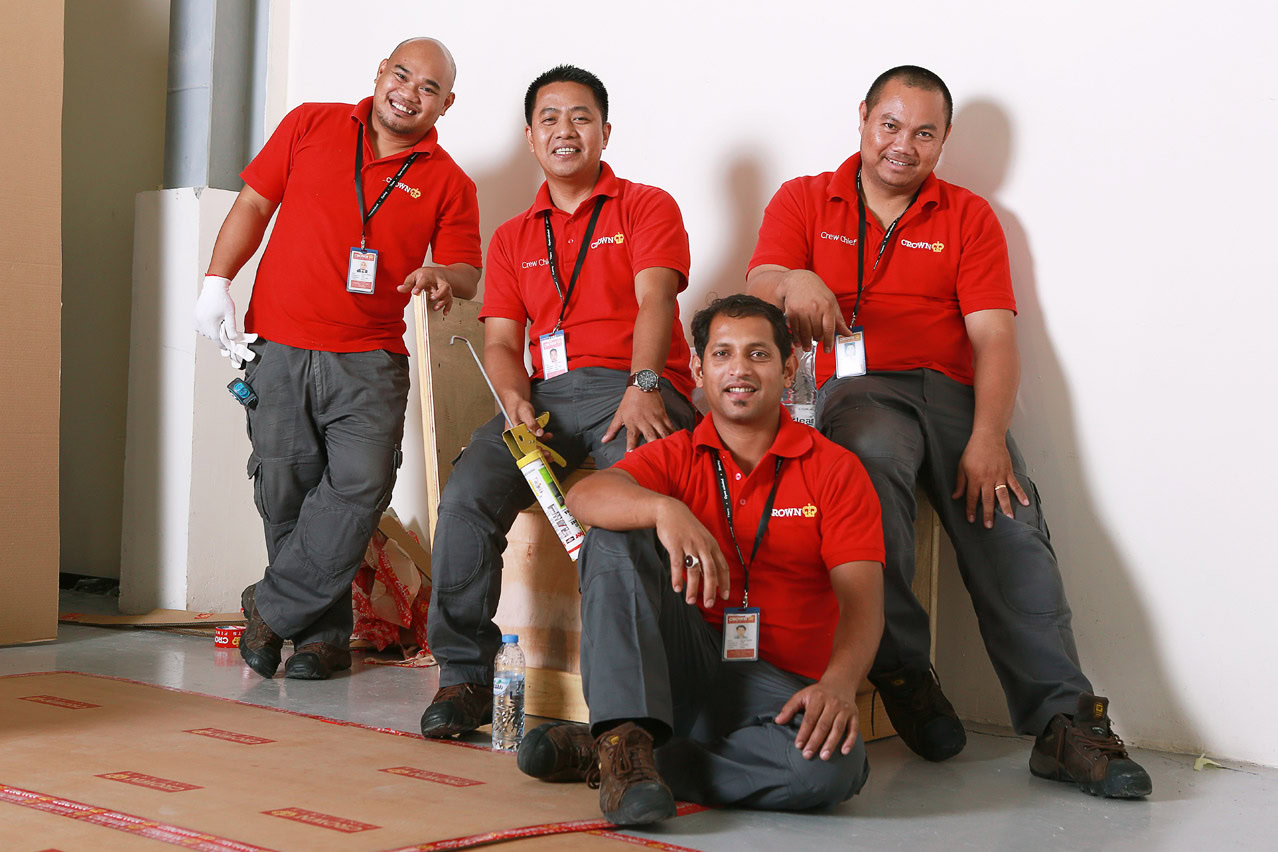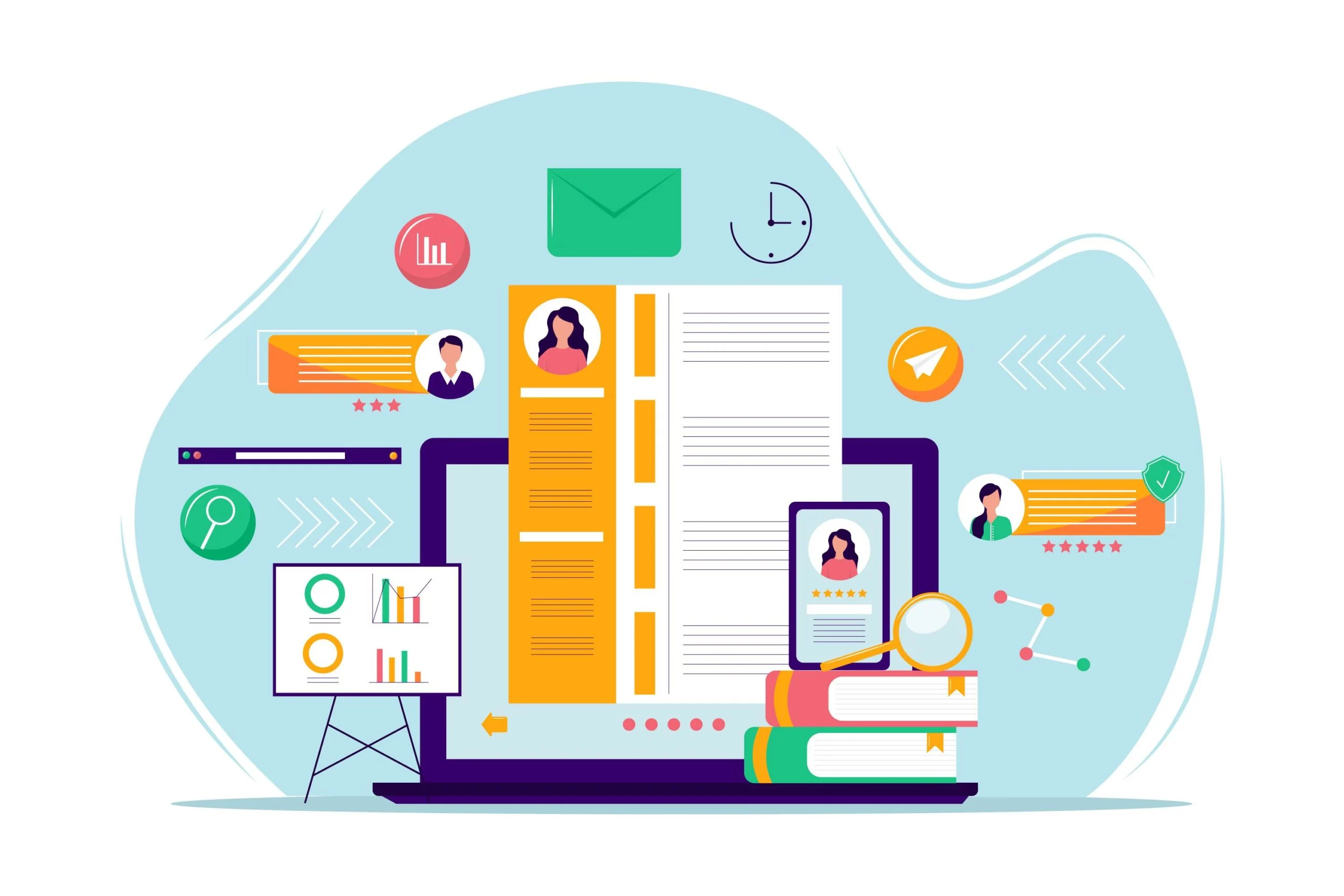Employee onboarding automation refers to the use of technology and software to streamline and automate the process of bringing new hires into an organization. It involves the use of digital tools to complete tasks such as paperwork, training, and orientation, making the onboarding process more efficient and effective.
The onboarding process is crucial for new hires as it sets the tone for their experience with the company, underscoring the importance of a robust onboarding program. It helps them understand their role, responsibilities, and expectations, and ensures they have the necessary resources and support to succeed in their new position. A well-designed onboarding process can also help new employees feel welcome and engaged, increasing their likelihood of staying with the company long-term.
Benefits of Automating Employee Onboarding Process

Automating the employee onboarding process offers several benefits for both the organization and the new hires.
Improved efficiency and productivity: By automating repetitive tasks such as filling out forms, collecting information, and scheduling training sessions, organizations can save time and resources. This allows HR professionals to focus on more strategic activities, such as building relationships with new hires and providing personalized support, by leveraging employee onboarding software to automate your onboarding process.
Consistency in onboarding process: Automation ensures that every new hire goes through the same standardized onboarding process, reducing the risk of important steps being missed or overlooked. This consistency helps create a positive experience for new employees and ensures they receive all the necessary information and resources to succeed in their roles.
Enhanced employee experience: An automated onboarding process can provide a seamless and user-friendly experience for new hires. They can easily access information, complete tasks, and connect with their colleagues and managers. This improves their overall experience with the company and helps them feel supported from day one.
Reduced errors and omissions: Manual onboarding processes are prone to errors and omissions, which can lead to delays, confusion, and frustration for both HR professionals and new hires, highlighting the need to automate your onboarding process. Automation reduces the risk of human error by automating data entry, validation, and verification processes, ensuring accurate and up-to-date information.
Streamlining the Onboarding Process with Automation

The traditional onboarding process typically involves a series of manual tasks, such as filling out paperwork, collecting and verifying documents, scheduling training sessions, and setting up IT accounts. These tasks can be time-consuming and prone to errors.
Automation can simplify and speed up the onboarding process by digitizing these tasks and integrating them into a centralized system. For example, new hires can complete electronic forms and sign documents online, eliminating the need for paper-based processes. They can also access training materials and resources online, reducing the need for in-person sessions.
Examples of tasks that can be automated include:
- Collecting and verifying new hire information, such as personal details, emergency contacts, and tax forms.
- Generating offer letters, employment contracts, and other legal documents.
- Scheduling orientation sessions, training programs, and meetings with key stakeholders.
- Setting up IT accounts and providing access to necessary systems and tools.
- Sending welcome emails and onboarding materials to new hires.
- Tracking the progress of onboarding tasks and sending reminders for incomplete or overdue items is crucial for maintaining an organized onboarding checklist.
Key Features of an Automation Software
An effective automated onboarding system should have several key features to ensure a smooth and efficient onboarding process, epitomizing the benefits of an employee onboarding software. These features include:
Pre-boarding tasks: The system should allow HR professionals to send pre-boarding tasks to new hires before their start date. This could include completing paperwork, watching training videos, or reading company policies. Pre-boarding tasks help new hires feel prepared and engaged before they even step foot in the office.
Electronic forms and signatures: The system should provide the ability to create and manage electronic forms that can be filled out and signed online. This eliminates the need for paper-based processes and allows for faster processing and storage of information.
Integration with HR systems: The onboarding system should integrate with other HR systems, such as the applicant tracking system and the HRIS (Human Resources Information System). This integration ensures that data is seamlessly transferred between systems, reducing the need for manual data entry and improving data accuracy.
Customizable workflows: The system should allow HR professionals to create customizable workflows that reflect the organization’s specific onboarding process. This includes defining the sequence of tasks, assigning responsibilities to different stakeholders, and setting deadlines for completion.
Reporting and analytics: The system should provide reporting and analytics capabilities to track the progress of onboarding tasks, identify bottlenecks or delays, and measure the effectiveness of the onboarding process. This data can help HR professionals make informed decisions and continuously improve the onboarding experience through the use of employee data analytics.
The Role of HR in Employee Onboarding Automation
HR plays a crucial role in selecting and implementing an automated onboarding system. They are responsible for ensuring that the system meets the organization’s needs and aligns with its goals and values.
HR professionals should be involved in the selection process by evaluating different vendors, conducting demos, and gathering feedback from key stakeholders. They should also consider factors such as cost, scalability, ease of use, and integration capabilities when choosing an automated onboarding system.
Once the system is selected, HR professionals are responsible for training new hires and managers on how to use the system effectively. They should provide ongoing support and troubleshooting to ensure a smooth transition to the new system.
HR professionals also play a role in monitoring and improving the onboarding process. They should regularly review feedback from new hires and managers to identify areas for improvement. They can then make adjustments to the onboarding process or the automated system to address any issues or concerns.
How Automated Onboarding Process Increases Employee Engagement

Onboarding automation can significantly increase employee engagement by providing a personalized and efficient onboarding experience.
Personalized onboarding experience: An automated onboarding system can tailor the onboarding experience to each individual employee. It can provide personalized welcome messages, assign relevant tasks based on the employee’s role and department, and provide access to resources and training materials that are specific to their needs. This personalization helps new hires feel valued and supported from the start.
Faster access to information and resources: Automation allows new hires to access information and resources quickly and easily. They can find answers to their questions, complete tasks, and connect with their colleagues and managers through a centralized platform. This reduces the time spent searching for information or waiting for responses, allowing new hires to become productive more quickly.
Opportunities for feedback and communication: An automated onboarding system can provide opportunities for new hires to provide feedback on their onboarding experience. This feedback can help HR professionals identify areas for improvement and make adjustments to the process or the system. The system can also facilitate communication between new hires, their managers, and other team members, fostering collaboration and engagement.
Integration with company culture and values: An automated onboarding system can help new hires understand and embrace the company’s culture and values. It can provide information about the company’s mission, vision, and core values, as well as introduce them to key stakeholders and team members. This integration helps new hires feel connected to the organization and its purpose.
Ensuring Compliance with Onboarding Automation

Compliance is a critical aspect of the onboarding process, as organizations must adhere to legal and regulatory requirements when bringing new hires onboard.
Automation can help ensure compliance by standardizing processes, reducing errors, and providing an audit trail of activities. For example, an automated onboarding system can enforce the completion of mandatory training programs or collect necessary documentation such as I-9 forms or background checks.
Examples of compliance-related tasks that can be automated include:
- Collecting and verifying employment eligibility documents.
- Conducting background checks or drug tests.
- Managing compliance training programs.
- Generating and storing legally required documents, such as tax forms or employment contracts.
- Tracking and reporting on compliance-related activities.
By automating these tasks, organizations can reduce the risk of non-compliance and ensure that all necessary steps are completed in a timely manner. Make sure you check out our employee onboarding checklist as well.
The Cost Savings of Manual onboarding vs Automated onboarding
Implementing an automated onboarding system can result in significant cost savings for organizations.
Reduction in administrative tasks and paperwork: Automation eliminates the need for manual data entry, filing, and paperwork associated with the onboarding process. This reduces the time and resources spent on administrative tasks, allowing HR professionals to focus on more strategic activities.
Faster time to productivity for new hires: By streamlining the onboarding process, automation helps new hires become productive more quickly. They can access information, complete tasks, and connect with their colleagues and managers more efficiently, reducing the time it takes for them to contribute to the organization.
Improved retention and reduced turnover costs: A well-designed onboarding process can help new hires feel welcome and supported, increasing their likelihood of staying with the company long-term. This reduces turnover costs associated with recruiting, hiring, and training new employees.
Best Practices for Implementing Onboarding Automation
Implementing onboarding automation requires careful planning and execution. Here are some best practices to consider:
Assess current onboarding process: Before implementing an automated system, assess your current onboarding process to identify areas for improvement. Look for bottlenecks, inefficiencies, or pain points that could be addressed through automation.
Involve key stakeholders: Involve key stakeholders, such as HR professionals, managers, IT staff, and new hires themselves, in the selection and implementation process. Gather their input and feedback to ensure that the system meets their needs and addresses their concerns.
Communicate changes: Communicate the changes to employees and managers early on to manage expectations and address any concerns. Provide training and support to ensure a smooth transition to the new system.
Measure and evaluate effectiveness: Continuously measure and evaluate the effectiveness of the new system. Collect feedback from new hires and managers, track key metrics such as time to productivity and employee satisfaction, and make adjustments as needed.
Choosing the Right Onboarding Automation Solution for Your Business
When selecting an automated onboarding system, consider the following factors:
– Cost: Consider the upfront and ongoing costs associated with the system, including licensing fees, implementation costs, and maintenance fees. Also, consider the potential cost savings and return on investment that the system can provide.
– Scalability: Ensure that the system can scale with your organization’s growth and accommodate an increasing number of new hires.
– Integration capabilities: Consider how well the system integrates with your existing HR systems, such as the applicant tracking system or HRIS.
– Ease of use: Choose a system that is user-friendly and intuitive for both HR professionals and new hires.
– Customization options: Look for a system that allows you to customize workflows, forms, and other features to align with your organization’s specific needs, enhancing your onboarding workflow.
– Vendor reputation and support: Research the vendor’s reputation in the industry and their level of customer support. Read reviews, ask for references, and inquire about their implementation process and ongoing support.
By carefully considering these factors and asking the right questions during the selection process, you can choose an onboarding automation solution that meets your organization’s needs and helps streamline your onboarding process.










